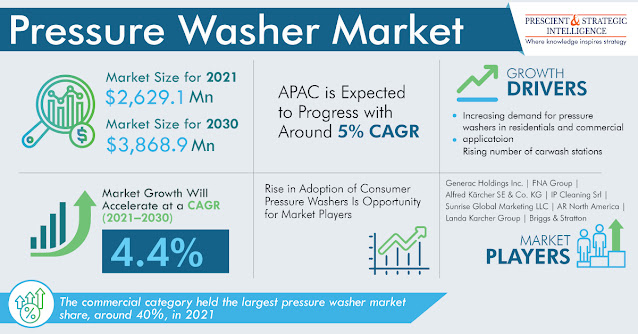Pressure washing has become the preferred method of cleaning numerous surfaces in residential, commercial, and industrial locations. From footways and patios to home exteriors, pressure washing is appropriate in numerous cleaning contexts. It is an outstanding way to maintain and restore visual appeal. Many realty agents recommend investing in a pressure wash to boost the curb appeal of homes, and offices.
When cleaning sidewalks, pressure washing is an efficient way of removing all dirt or salt deposits contributing to surface weathering. When you are concerned about investing time and energy replacing another tainted deck, then pressure washing might come in handy, it is one of the finest ways to increase their longevity. Learn about the numerous aids of pressure washing in this blog.
Pressure washing is Easy
Conventional cleaning needs a lot of time and energy. With pressure washing, you don’t need to scrub to unsettle debris. Save your effort. Pressure washers allow you to maintain an upright posture and, direct the water toward stains. The arrangement essential for a pressure washing treatment is also simple, involving the steps as it would require finding soap, sponges, and filling a bucket. Just affix a hose to the pressure washer unit, and switch the power on.
Pressure washing Saves the Environment
Durable cleaning is generally related to the application of chemical cleansers. These washing solutions can be effective but take a toll on the environment. Pressure washing does not present any injurious chemicals in the atmosphere. Pressure washers blast water at high velocity, and the water stream power is enough to lift stains without the use of harmful chemicals.
Pressure washers use less water compared to a garden hose for cleaning. As per some estimates, 75% of water is saved with pressure washing. This is since a pressure washer ousts water at hefty force. This lets the minimum water be granted the maximum cleaning power.
It is because of all these advantages that the demand of pressure washers will reach about $3,869 million by 2030.









No comments:
Post a Comment